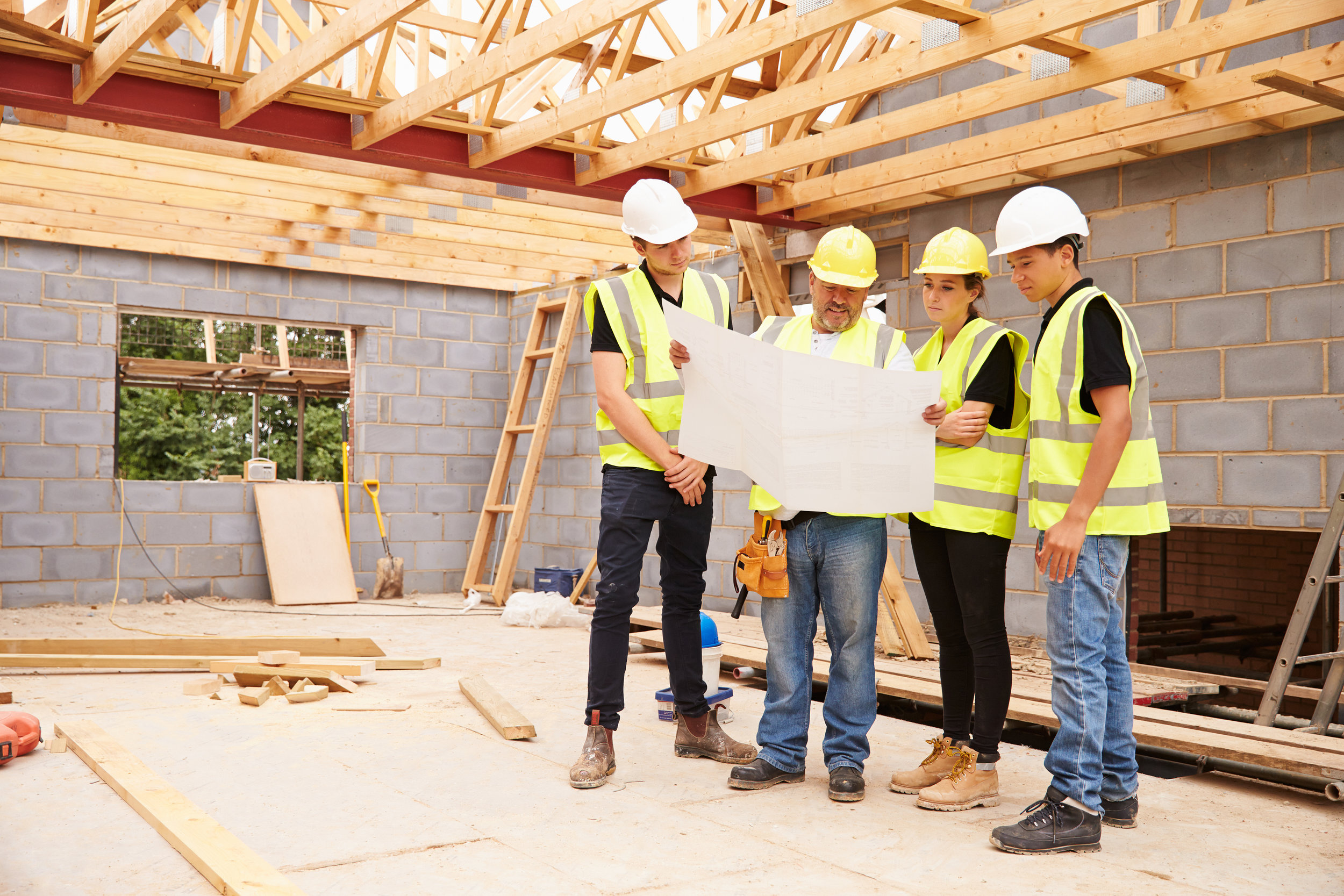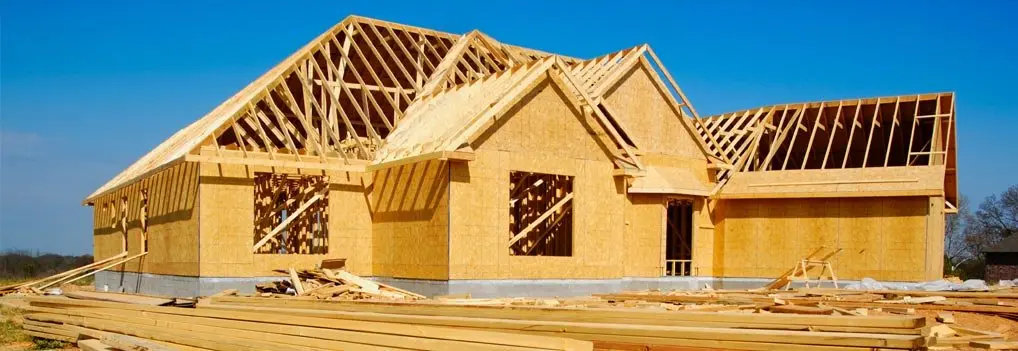Expert Carmel In Contractor for New Builds and Renovations
Expert Carmel In Contractor for New Builds and Renovations
Blog Article
Exactly How a General Service Provider Can Change Your Usual Locations Into Functional Spaces
The change of typical areas right into practical areas is a nuanced process that requires a general contractor's knowledge in assessing certain community requirements and designing tailored remedies. By considering variables such as layout, ease of access, and aesthetic charm, a specialist can develop environments that not just offer practical functions yet also foster neighborhood involvement.
Assessing Current Common Area Needs
When examining common locations, it is important to determine and understand the certain demands of the neighborhood they offer. This process begins with a thorough analysis of existing usage patterns, which includes gathering information walking website traffic, top use times, and activities occurring within these rooms. Engaging with area members with surveys or meetings can give important insights right into their choices and challenges.
Next, it is essential to think about the group make-up of the area, consisting of age, way of living, and any kind of unique demands that may impact how these areas are used. As an example, family members with young kids might call for play locations, while older grownups might focus on availability functions.
In addition, evaluating the existing facilities and facilities is essential. Determining areas that are underutilized or in requirement of repair service can notify prospective renovations. Working together with stakeholders, such as residential property managers and local companies, ensures that the assessment reflects a detailed understanding of the area's needs.
Ultimately, a careful evaluation of current usual location needs lays the groundwork for efficient changes, enabling the production of rooms that cultivate interaction and boost the general high quality of life within the area.
Creating for Capability and Aesthetics
A thorough understanding of neighborhood requires sets the phase for efficient layout that balances capability and aesthetic appeals alike areas. Effective design needs a thoughtful strategy that thinks about both the sensible uses of the area and the aesthetic appeal that improves the setting.
Functional design involves developing spaces that satisfy the details activities and interactions of the area. This might include adaptable seating setups for gatherings, obtainable pathways for individuals with flexibility challenges, or marked areas for leisure activities. Each aspect has to serve an objective while guaranteeing convenience of movement and convenience for individuals.
Appearances play an essential duty in promoting an inviting atmosphere. The option of colors, materials, and lights can dramatically impact the assumption of a space. Incorporating natural components, such as plant or water attributes, can enhance the ambiance and develop a comforting setting. In addition, straightening the layout with the area's social identification can promote a feeling of belonging and pride.
Budgeting and Resource Allotment
Efficient budgeting and source allowance are crucial elements in the successful improvement of usual locations. A well-defined budget outlines the economic parameters within which the project must run, making certain that expenses are controlled and sources are successfully utilized. This starts with a detailed analysis of job requirements, consisting of style components, materials, and labor.

A basic specialist plays a crucial duty in this phase, teaming up with stakeholders to develop reasonable spending plan estimates that align with the desired vision. By focusing on necessary functions and discovering cost-efficient options, the professional can optimize costs without compromising top quality.
Source allotment requires tactically assigning employees, equipment, and products to different stages of the job (Kitchen Remodeling Indiana). This requires mindful planning to visit the site stay clear of hold-ups and make certain that each element is delivered promptly. Additionally, normal monitoring of expenses versus the budget aids to identify possible overruns early, permitting prompt adjustments
Taking Care Of Building Process Efficiently
Managing the building process successfully is essential for attaining timely task completion and keeping budget plan honesty. A well-coordinated technique involves precise preparation, clear interaction, and reliable resource management. General professionals need to establish a comprehensive job timeline that lays out each phase of construction, allowing for the identification of possible traffic jams and essential landmarks.
Routine development meetings are essential for keeping all stakeholders informed and aligned. These meetings promote the timely resolution of issues, ensuring that the project remains on track. In addition, making use of task administration software can streamline interaction, track development, and manage documentation, lowering the probability of misunderstandings and hold-ups.
Efficient resource appropriation is likewise critical. By guaranteeing that materials, labor, and tools are offered when needed, basic professionals can stop expensive disturbances. Implementing a proactive approach to risk management further boosts performance, as it enables the recognition and mitigation of possible difficulties prior to they intensify.
Ensuring Compliance and Top Quality Criteria
Conformity and top quality standards are basic to the success of any building and construction project, making sure that the finished spaces not just meet customer expectations but likewise follow regulatory requirements. A general service provider plays a critical function in applying these standards throughout the construction process.
First, it is crucial for the professional to stay upgraded on neighborhood building regulations, security regulations, and market best techniques. This expertise enables them to lead layout choices and product selections that straighten with compliance criteria. Routine inspections and top quality analyses during the building stage aid to recognize prospective concerns early, reducing pricey hold-ups and site web rework.
Additionally, a respectable basic contractor cultivates a culture of quality among workers and subcontractors. This can be accomplished by offering training on compliance protocols and executing strict quality assurance measures. By developing clear interaction networks, the contractor can make certain that every person entailed understands their obligations pertaining to conformity and quality.
Conclusion
In conclusion, the role of a general specialist in changing typical areas into functional rooms is crucial. Via a comprehensive analysis of neighborhood needs, thoughtful layout, careful budgeting, and efficient task administration, these specialists check this can produce environments that improve usability and visual appeal. Adherence to conformity and quality criteria even more guarantees that renewed areas not just satisfy the expectations of stakeholders yet likewise foster engagement and improve the overall experience for all individuals within the community.
The makeover of common locations into useful spaces is a nuanced procedure that requires a general contractor's knowledge in analyzing particular area requirements and making tailored remedies. By thinking about variables such as design, accessibility, and aesthetic appeal, a specialist can develop settings that not just offer practical purposes yet likewise foster community interaction. General service providers must develop an in-depth task timeline that outlines each phase of building, enabling for the recognition of crucial turning points and prospective traffic jams.

Report this page